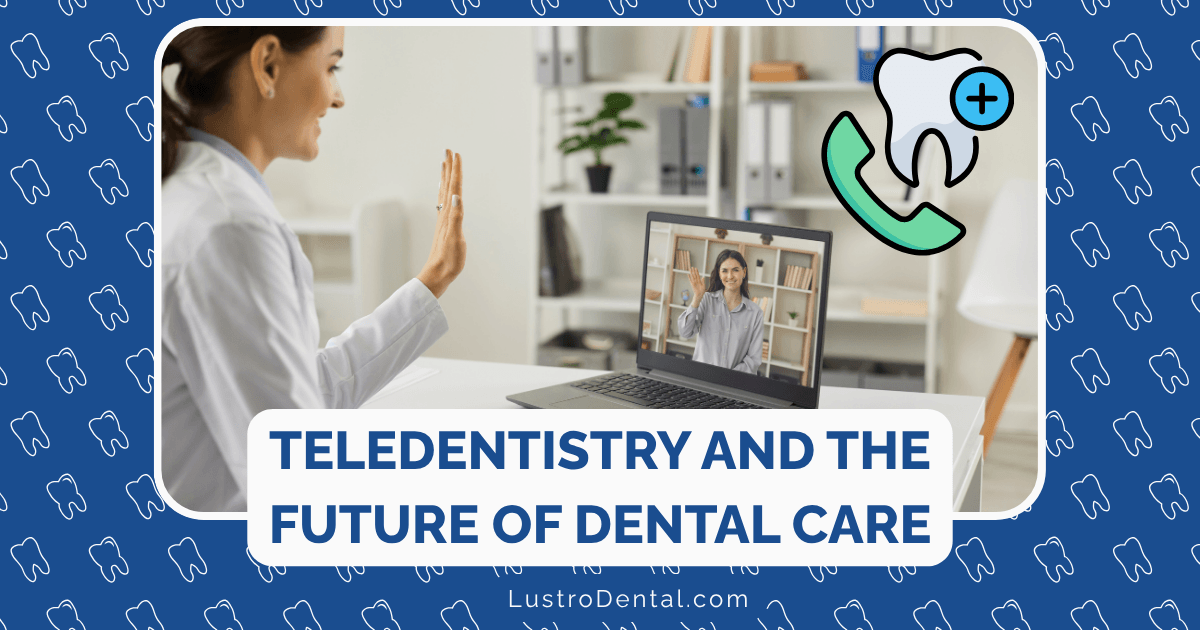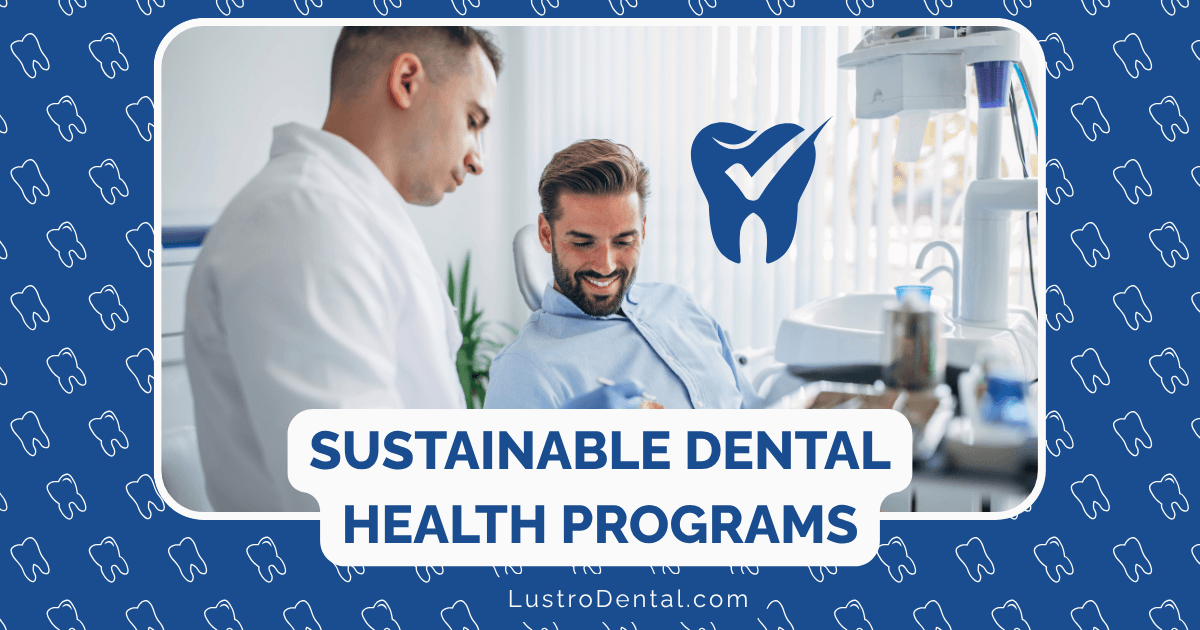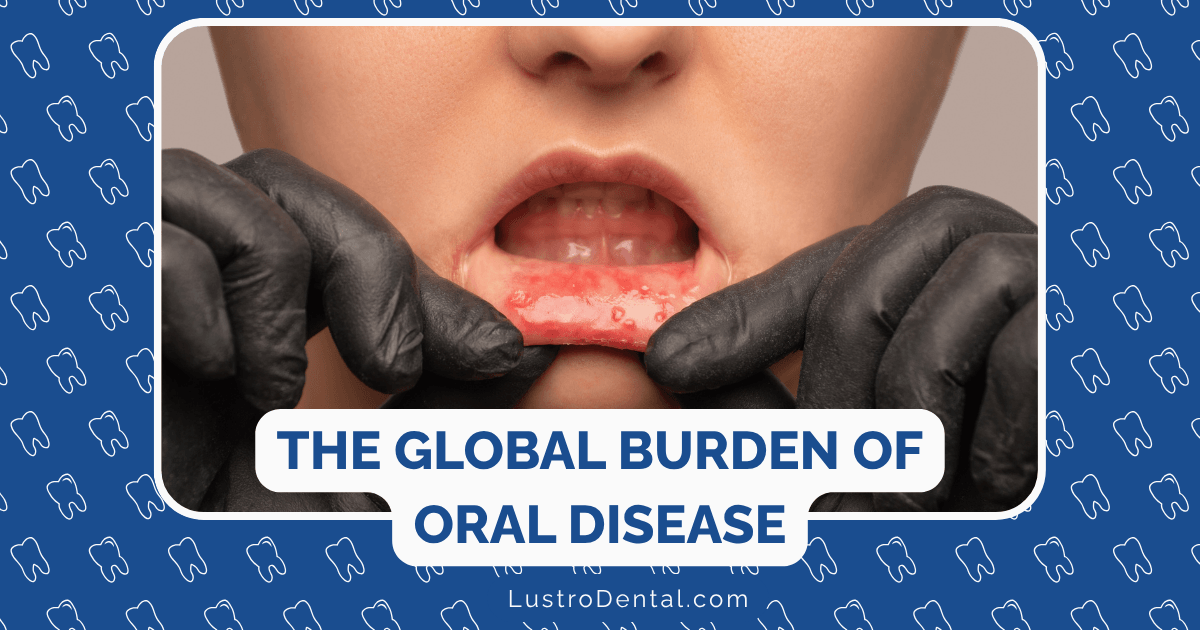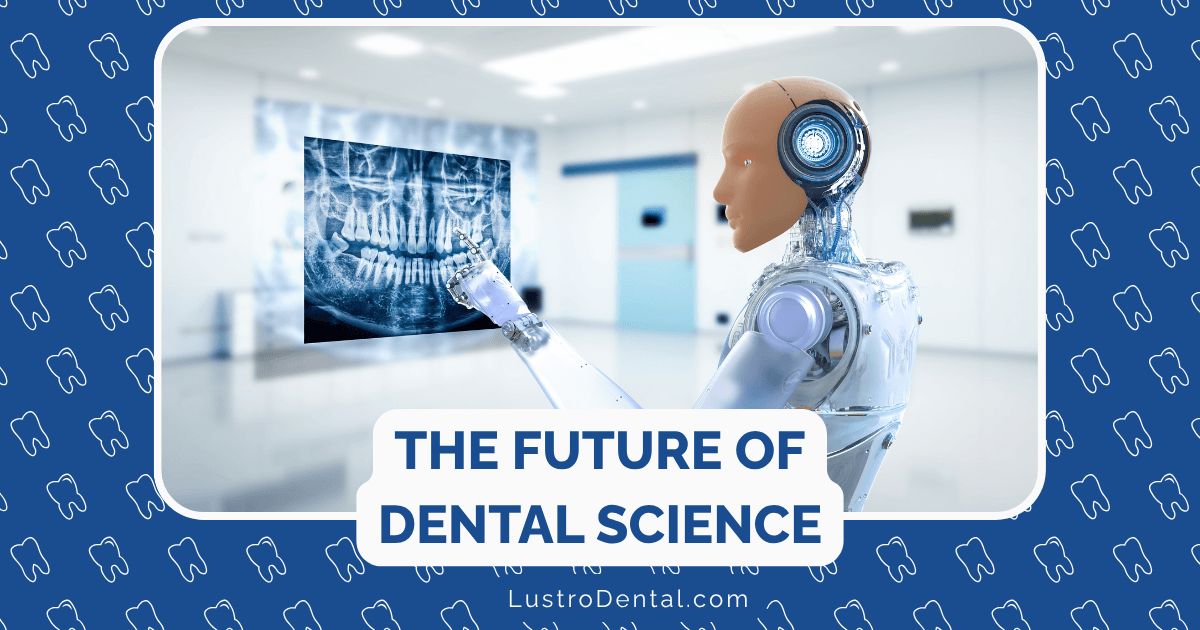Whitening Damages Enamel and Other Myths About Cosmetic Dentistry

In an era of picture-perfect smiles dominating social media, interest in cosmetic dentistry has skyrocketed. Yet alongside this growing popularity, misconceptions about these procedures have proliferated just as rapidly. From concerns about teeth whitening destroying enamel to beliefs that cosmetic treatments are purely aesthetic with no health benefits, these myths can prevent people from exploring options that might significantly improve both their smile and oral health.
This article examines the most persistent myths surrounding cosmetic dentistry, separating fact from fiction with evidence-based information. Whether you’re considering a simple whitening treatment or more comprehensive cosmetic work, understanding the reality behind these common misconceptions will help you make informed decisions about your dental care.
Myth #1: Teeth Whitening Permanently Damages Enamel
Perhaps the most pervasive myth in cosmetic dentistry is that whitening treatments irreversibly harm tooth enamel. This concern keeps many people from pursuing a brighter smile, despite their dissatisfaction with tooth discoloration.
The Reality:
Professional teeth whitening, when performed correctly, does not cause permanent damage to healthy enamel. According to the American Dental Association, professionally administered whitening treatments are considered safe and effective.
The science behind this is straightforward: Most professional whitening systems use carbamide peroxide or hydrogen peroxide as their active ingredients. These compounds work by penetrating the porous enamel to reach the dentin layer beneath, where they break down complex stain molecules into simpler ones that appear less colored. This process, called oxidation, targets the stain molecules rather than the enamel structure itself.
Dr. Jennifer Lee, cosmetic dentistry specialist at the University of Michigan School of Dentistry, explains: “Professional whitening agents are specifically formulated to affect the chromogenic molecules that cause staining while minimizing impact on the enamel matrix. Temporary changes in enamel microhardness can occur during whitening, but research shows these changes reverse within days as saliva remineralizes the surface.”
A 2023 systematic review published in the Journal of Dentistry examined 24 clinical studies and concluded that professional whitening treatments caused no significant long-term adverse effects on enamel integrity when used as directed.
Important Distinctions:
- Professional vs. DIY treatments: Professional whitening uses controlled concentrations of whitening agents applied with custom-fitted trays or protective barriers for gum tissue. DIY approaches often lack these safeguards.
- Whitening vs. abrasion: Some whitening toothpastes work primarily through abrasion rather than chemical whitening. These products can potentially wear enamel if overused or applied with excessive pressure.
- Healthy vs. compromised enamel: Teeth with existing enamel defects, exposed roots, or active decay are more vulnerable to whitening agents and should be treated under close professional supervision.
The Bottom Line:
Professional teeth whitening performed under dental supervision is unlikely to damage healthy enamel. However, overuse of whitening products, particularly highly abrasive whitening toothpastes or acidic DIY remedies like lemon juice, can potentially cause enamel erosion over time.
Myth #2: Cosmetic Dentistry Is Purely Aesthetic With No Health Benefits
Many people assume that cosmetic dental procedures are solely about appearance, with no functional or health advantages. This misconception often leads to viewing these treatments as luxury indulgences rather than potentially beneficial health interventions.
The Reality:
Numerous cosmetic dental procedures provide significant health and functional benefits alongside their aesthetic improvements. The Journal of the American Dental Association has published multiple studies highlighting how cosmetic treatments can enhance oral health in various ways:
Dental Bonding and Veneers:
- Reinforce teeth with minor fractures or wear
- Protect exposed dentin in areas of enamel loss
- Create more cleanable surfaces on misshapen teeth
- Improve bite alignment in some cases
Orthodontic Treatments:
- Reduce abnormal wear patterns on teeth
- Lower risk of traumatic dental injuries
- Create more cleanable tooth alignment, reducing decay and gum disease risk
- Potentially improve breathing, speech, and TMJ function
Dental Implants:
- Prevent bone loss in the jaw
- Maintain proper spacing and alignment of remaining teeth
- Restore proper chewing function
- Reduce excessive pressure on remaining natural teeth
Dr. Robert Garcia, prosthodontist at Boston University Dental School, notes: “The distinction between ‘cosmetic’ and ‘functional’ dentistry is often artificial. Many procedures we classify as cosmetic provide substantial health benefits by improving the structural integrity of teeth or creating conditions that make maintaining good oral hygiene easier.”
The Bottom Line:
While aesthetic improvement is certainly a primary goal of cosmetic dentistry, many procedures simultaneously address functional and health concerns. Patients often report improvements in comfort, chewing ability, speech clarity, and ease of cleaning following cosmetic dental work.
Myth #3: Cosmetic Dental Procedures Are Extremely Painful
Fear of pain keeps many potential patients from exploring cosmetic dental options. The perception that these procedures involve significant discomfort is widespread but largely outdated.
The Reality:
Modern cosmetic dentistry has benefited tremendously from advancements in materials, techniques, and pain management. Most procedures involve minimal to moderate discomfort, with many patients reporting less pain than they anticipated.
Minimally Invasive Techniques: Today’s cosmetic procedures often require less removal of tooth structure than traditional approaches. For example:
- No-prep or minimal-prep veneers may require little to no enamel reduction
- Conservative inlay/onlay restorations preserve more natural tooth than full crowns
- Laser gum contouring causes less trauma than traditional surgical approaches
Advanced Anesthesia Options: Cosmetic dentistry now offers multiple approaches to ensure patient comfort:
- Highly effective topical anesthetics before injections
- Computer-controlled local anesthetic delivery systems
- Conscious sedation options for anxious patients
- Virtual reality distraction systems in some practices
A 2024 patient satisfaction survey published in the Journal of Esthetic and Restorative Dentistry found that 89% of patients reported their cosmetic dental procedures involved less discomfort than they expected, with most rating their pain as “mild” or “very mild.”
Dr. Michelle Wong, cosmetic dentist and pain management specialist, explains: “The perception of cosmetic dentistry as painful largely stems from outdated procedures and techniques. Today’s approaches prioritize patient comfort through minimally invasive methods and sophisticated pain management. Most patients are surprised by how comfortable the process actually is.”
The Bottom Line:
While some temporary discomfort may occur with certain procedures, modern cosmetic dentistry emphasizes patient comfort through advanced techniques, effective anesthesia, and minimally invasive approaches. Dentists can now offer various sedation options for patients with dental anxiety, making even complex cosmetic work comfortable for most individuals.
Myth #4: Cosmetic Dental Work Looks Obviously Fake
The “chiclet teeth” stereotype of unnaturally white, perfectly uniform teeth has created the misconception that all cosmetic dental work looks artificial and obvious.
The Reality:
Contemporary cosmetic dentistry emphasizes natural-looking results that enhance rather than dominate a person’s appearance. The days of overly bright, perfectly square veneers that scream “dental work” are largely behind us.
Advancements in Materials: Modern dental materials offer unprecedented aesthetic qualities:
- Multi-layered porcelains mimic the translucency gradient of natural enamel
- Advanced ceramics reproduce the light-reflecting properties of teeth
- Custom shade matching considers subtle color variations within teeth
- Digital imaging allows precise color and shape customization
Artistry in Application: Today’s cosmetic dentists approach their work as a blend of science and art:
- Incorporating subtle asymmetries that exist in natural dentition
- Preserving or recreating unique characteristics of a patient’s smile
- Considering facial features, skin tone, and age-appropriate aesthetics
- Using digital smile design to preview and refine results before treatment
A 2023 perception study in the International Journal of Esthetic Dentistry found that observers could not reliably distinguish between natural teeth and well-executed cosmetic restorations in photographic evaluations.
Dr. James Wilson, cosmetic dentist with 25 years of experience, notes: “The most successful cosmetic dental work is the kind nobody notices. Our goal isn’t to create perfect teeth—it’s to create teeth that look perfectly natural for that specific individual.”
The Bottom Line:
While poorly executed cosmetic dentistry can indeed look artificial, skilled practitioners using modern materials and techniques can achieve results that are virtually indistinguishable from natural teeth. The key is finding an experienced cosmetic dentist with an artistic eye and a portfolio demonstrating natural-looking results.
Myth #5: Cosmetic Dentistry Is Only for the Wealthy
The perception that cosmetic dental procedures are luxury services affordable only to the wealthy prevents many people from even inquiring about treatments that might be within their reach.
The Reality:
While some cosmetic procedures involve significant investment, the range of available options means there are treatments at various price points. Additionally, financing options have made cosmetic dentistry more accessible than ever before.
Spectrum of Treatment Options: Cosmetic improvements come at many price points:
- Professional teeth whitening is relatively affordable yet can dramatically improve smile appearance
- Dental bonding offers economical correction for minor chips, gaps, or discoloration
- Partial treatments (improving only the most visible teeth) can reduce costs
- Phased treatment plans allow spreading costs over time
Payment and Financing Options: Many practices offer ways to make treatments more financially accessible:
- Dental savings plans may provide discounts on cosmetic procedures
- CareCredit and similar healthcare credit options offer payment plans, often with zero interest
- In-house membership plans at some practices include discounts on cosmetic work
- Flexible spending accounts (FSAs) can sometimes be used for certain procedures
A survey by the American Academy of Cosmetic Dentistry found that 76% of cosmetic dental practices offer some form of payment plan, making treatments accessible to patients across a broader economic spectrum.
Dr. Sarah Johnson, who practices in a community dental clinic, explains: “There’s a misconception that cosmetic dentistry is only available in high-end private practices. Many community clinics and dental schools now offer cosmetic options at reduced rates. Additionally, starting with conservative treatments like whitening and bonding can make a significant difference without major expense.”
The Bottom Line:
While comprehensive smile makeovers can indeed be costly, many cosmetic dental improvements are available at more moderate price points. Consultation with a dentist can reveal options that fit various budgets, and financing plans can make more extensive treatments manageable for many patients.
Myth #6: Cosmetic Treatments Always Require Extensive Tooth Reduction
The fear of having teeth “ground down to pegs” for procedures like veneers or crowns deters many people from considering cosmetic improvements.
The Reality:
Modern cosmetic dentistry emphasizes conservation of natural tooth structure whenever possible. Many current techniques require minimal or even no reduction of healthy tooth material.
Conservative Veneer Options:
- Ultra-thin veneers (as thin as 0.3mm) require minimal preparation
- “No-prep” veneers can be placed without removing tooth structure in some cases
- “Additive” techniques can build out teeth rather than reducing them
Minimally Invasive Alternatives:
- Dental bonding can address minor aesthetic concerns with virtually no tooth reduction
- Enamel microabrasion can remove superficial stains without significant structure loss
- Orthodontic approaches can resolve spacing issues without altering teeth
A comparative study published in the Journal of Prosthetic Dentistry in 2024 found that modern veneer preparations remove 60-70% less tooth structure than techniques used 20 years ago.
Dr. Thomas Lee, conservative cosmetic dentistry advocate, explains: “The ‘teeth filed to pegs’ image comes from traditional crown preparation or older veneer techniques. Today’s philosophy prioritizes preservation of enamel whenever possible. Many patients are surprised to learn how little tooth structure needs to be removed for modern cosmetic procedures.”
The Bottom Line:
While some cosmetic procedures do require tooth reduction, the extent varies significantly depending on the specific treatment and technique. Many modern approaches are designed specifically to minimize alteration of natural tooth structure. A consultation with a dentist who emphasizes conservative treatment can clarify what would be required in your specific case.
Myth #7: Natural Remedies Are Safer Than Professional Whitening
The internet abounds with “natural” whitening remedies—from activated charcoal to lemon juice to coconut oil pulling—often presented as safer alternatives to professional treatments.
The Reality:
Many natural whitening remedies not only prove less effective than professional options but can actually pose greater risks to dental health.
Acidic Remedies: Natural whitening approaches involving acidic substances like lemon juice, apple cider vinegar, or strawberries can cause significant enamel erosion. A 2023 study in the Journal of the American Dental Association found that lemon juice applications resulted in measurable enamel loss after just five applications.
Abrasive Substances: Activated charcoal, baking soda, and other abrasive materials can physically wear away enamel, especially when used improperly. The Journal of the American Dental Hygienists’ Association has documented cases of enamel abrasion from overzealous use of charcoal toothpastes.
Unproven Methods: Oil pulling and similar approaches have limited scientific evidence supporting their whitening efficacy, despite their popularity on social media.
Dr. Rebecca Chen, dental researcher specializing in enamel properties, notes: “The irony is that many patients avoid professional whitening due to enamel concerns, then turn to ‘natural’ remedies that actually pose greater risks to enamel integrity. Professional whitening has been extensively studied and refined to minimize risks, while many DIY approaches haven’t undergone similar safety testing.”
The Bottom Line:
Professional whitening treatments use carefully formulated products with established safety profiles when used as directed. Many “natural” alternatives lack similar research support and may actually damage teeth through acidic erosion or abrasive wear. Consulting with a dental professional before trying any whitening method—natural or otherwise—is the safest approach.
Myth #8: Cosmetic Dental Work Doesn’t Last
The perception that cosmetic dental treatments are temporary fixes that will need frequent replacement discourages many potential patients.
The Reality:
Modern cosmetic dental materials and techniques can provide remarkably durable results when properly maintained. While no dental work lasts forever (including natural teeth), quality cosmetic treatments can remain functional and attractive for many years.
Longevity by Procedure Type: Research from the Journal of Esthetic and Restorative Dentistry indicates the following average longevity:
- Porcelain veneers: 10-15 years (with some lasting 20+ years)
- Composite bonding: 5-7 years
- Dental crowns: 10-15 years
- Professional whitening: 1-3 years before touch-up (varies by lifestyle)
- Dental implants: 20+ years for the implant itself (crown may need earlier replacement)
Factors Affecting Longevity: Several variables influence how long cosmetic work lasts:
- Quality of materials and laboratory work
- Skill of the practitioner
- Patient’s oral hygiene practices
- Dietary habits and lifestyle factors (smoking, etc.)
- Presence of bruxism (teeth grinding)
- Regular professional maintenance
Dr. Michael Roberts, prosthodontist at NYU College of Dentistry, explains: “The durability of cosmetic dental work has improved dramatically with advances in materials science. Today’s ceramics and composites offer strength properties approaching natural enamel. While eventual replacement may be necessary, quality work with proper maintenance can serve patients well for many years.”
The Bottom Line:
Quality cosmetic dental work is a long-term investment rather than a temporary fix. While different procedures have different expected lifespans, and individual factors affect durability, modern materials and techniques can provide lasting results when properly maintained.
Myth #9: You’re Too Old for Cosmetic Dentistry
Many older adults assume cosmetic dental procedures are primarily for younger people and that their age makes them poor candidates for treatment.
The Reality:
There is no upper age limit for cosmetic dentistry. In fact, older adults often benefit significantly from these procedures, both functionally and aesthetically.
Benefits for Older Patients: Cosmetic dentistry can address age-specific concerns:
- Replacement of old, discolored fillings or crowns
- Correction of wear patterns that develop over decades
- Restoration of proper lip and facial support affected by dental changes
- Improvement of chewing efficiency with restored tooth surfaces
- Enhancement of smile appearance affected by natural aging processes
A 2024 demographic study in the International Journal of Prosthodontics found that patients over 65 reported equal or higher satisfaction rates with cosmetic dental procedures compared to younger cohorts.
Dr. Elizabeth Martin, geriatric dentistry specialist, notes: “Some of our most appreciative cosmetic dentistry patients are older adults. They often experience both functional and aesthetic improvements that significantly impact their quality of life. Age alone is never a contraindication for cosmetic treatment.”
Special Considerations for Older Patients:
While age itself isn’t a barrier, certain age-related factors may influence treatment planning:
- Existing medical conditions may require coordination with physicians
- Medication use might affect certain dental procedures
- Treatment may need modification based on manual dexterity for home care
- Expectations and goals may differ from younger patients
The Bottom Line:
Cosmetic dentistry can be appropriate and beneficial at any age. Treatment plans may need customization based on individual health factors rather than age itself, but older adults can achieve excellent results with properly planned cosmetic procedures.
Myth #10: If You Have Healthy Teeth, You Don’t Need Cosmetic Dentistry
Many people believe that cosmetic dentistry is only for those with dental problems, not for those with healthy but aesthetically imperfect teeth.
The Reality:
Dental health and dental aesthetics are related but distinct aspects of oral care. Many individuals with excellent dental health still have aesthetic concerns that affect their confidence and social interactions.
Common Aesthetic Concerns with Healthy Teeth:
- Intrinsic discoloration from tetracycline, fluorosis, or genetics
- Minor misalignment that doesn’t affect function
- Disproportionate tooth size or shape
- Excessive gingival display (“gummy smile”)
- Spacing issues or diastemas (gaps between teeth)
Research published in the Journal of Dental Research has documented the psychological and social impact of dental appearance, finding that even minor aesthetic dental issues can significantly affect self-confidence, social interactions, and perceived professional opportunities.
Dr. Jennifer Adams, who specializes in cosmetic dentistry, explains: “Dental health is certainly the foundation, but aesthetics matter too. Many patients with perfectly healthy teeth still feel self-conscious about their smile. Addressing these concerns can have profound effects on their confidence and quality of life.”
The Bottom Line:
While dental health should always be the primary concern, aesthetic improvements can provide significant psychological and social benefits even for those with healthy teeth. Cosmetic dentistry offers options for enhancing natural teeth that function well but may not meet a patient’s aesthetic goals.
Making Informed Decisions About Cosmetic Dentistry
With these myths clarified, how should you approach decisions about cosmetic dental treatment? Here are key considerations:
1. Start with a Comprehensive Evaluation
Before pursuing any cosmetic treatment, undergo a thorough dental examination to:
- Identify any underlying health issues that need addressing
- Establish a baseline for your current dental condition
- Discuss realistic expectations and outcomes
- Explore various treatment options at different price points
2. Ask the Right Questions
When consulting with a cosmetic dentist, inquire about:
- Their specific training and experience in cosmetic procedures
- Before-and-after photos of similar cases they’ve treated
- Expected longevity of proposed treatments
- Maintenance requirements
- Potential risks and how they’re minimized
- Alternative treatment approaches
3. Consider a Phased Approach
For comprehensive treatment plans, consider:
- Starting with conservative procedures like whitening
- Addressing the most visible aesthetic concerns first
- Creating a long-term plan that spreads treatments and costs over time
- Prioritizing procedures that offer both health and aesthetic benefits
4. Seek Multiple Opinions
For extensive cosmetic work:
- Consult with more than one provider
- Compare recommendations and approaches
- Look for consistency in diagnoses and treatment suggestions
- Consider the comfort level and communication style with each provider
Conclusion: Beyond the Myths
Cosmetic dentistry has evolved dramatically in recent decades, becoming more conservative, natural-looking, comfortable, and accessible. Many of the persistent myths surrounding these procedures stem from outdated information or isolated negative experiences that don’t reflect current practices.
When approached with accurate information and realistic expectations, cosmetic dental procedures can provide significant benefits—not just in appearance but often in function, comfort, and oral health as well. By understanding the facts behind the myths, you can make informed decisions about whether cosmetic dentistry might be right for you.
Remember that each person’s dental situation is unique, and what works for one individual may not be appropriate for another. A consultation with a qualified cosmetic dentist is the best way to explore your specific options and determine which, if any, cosmetic dental procedures might help you achieve your goals for your smile.
Have you had experiences with cosmetic dentistry that challenged these myths? Share your story in the comments below.







